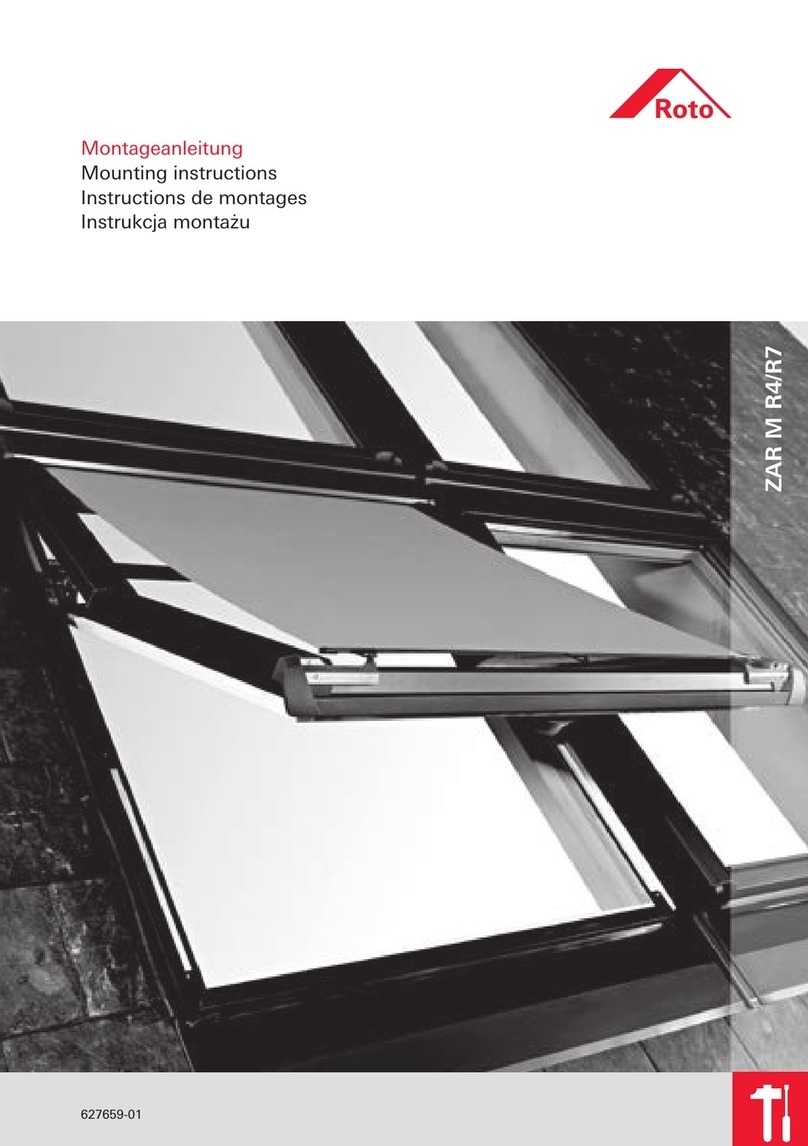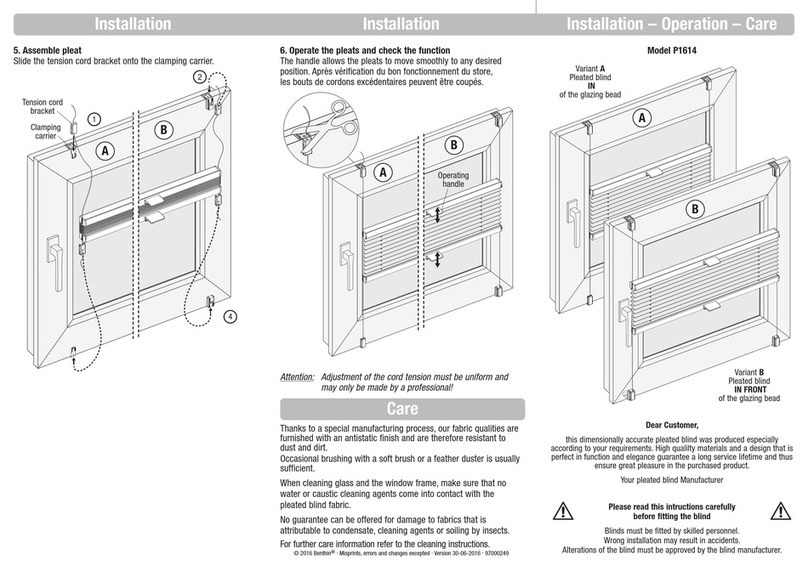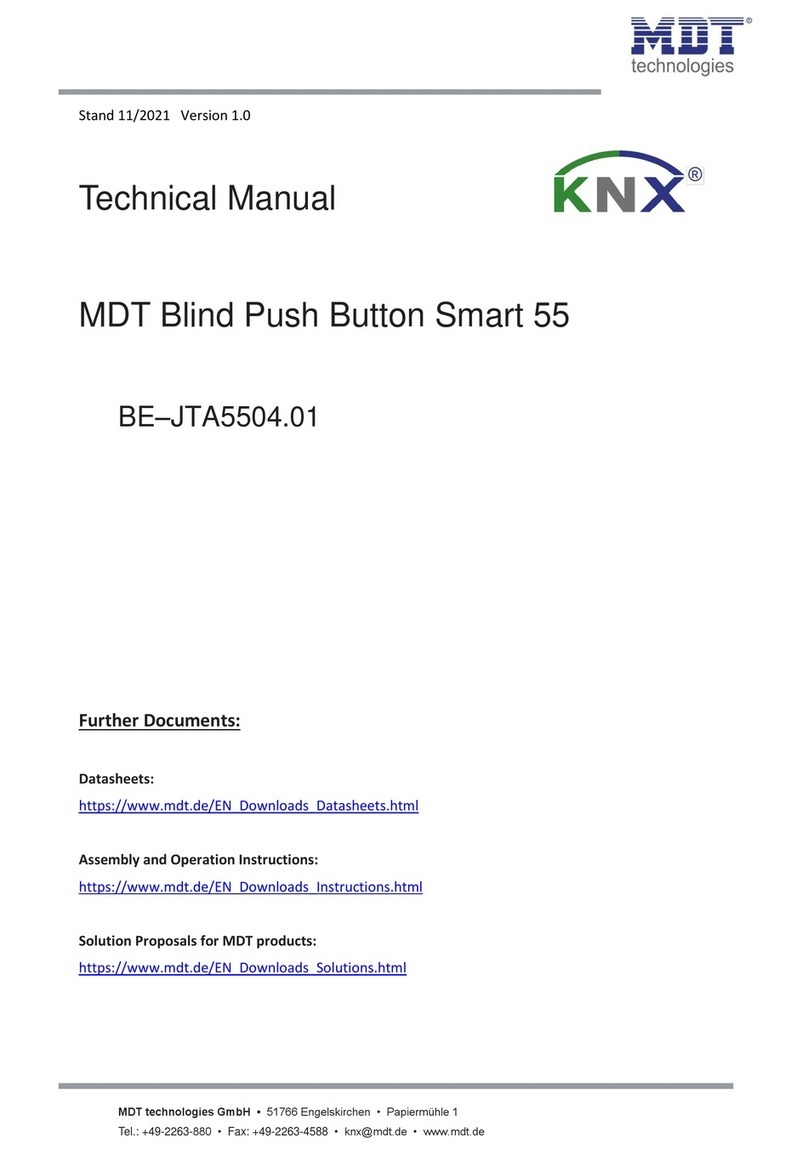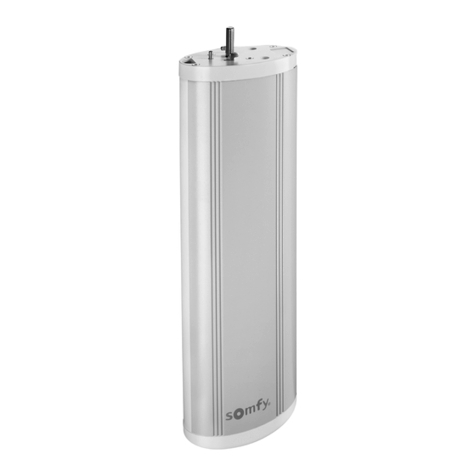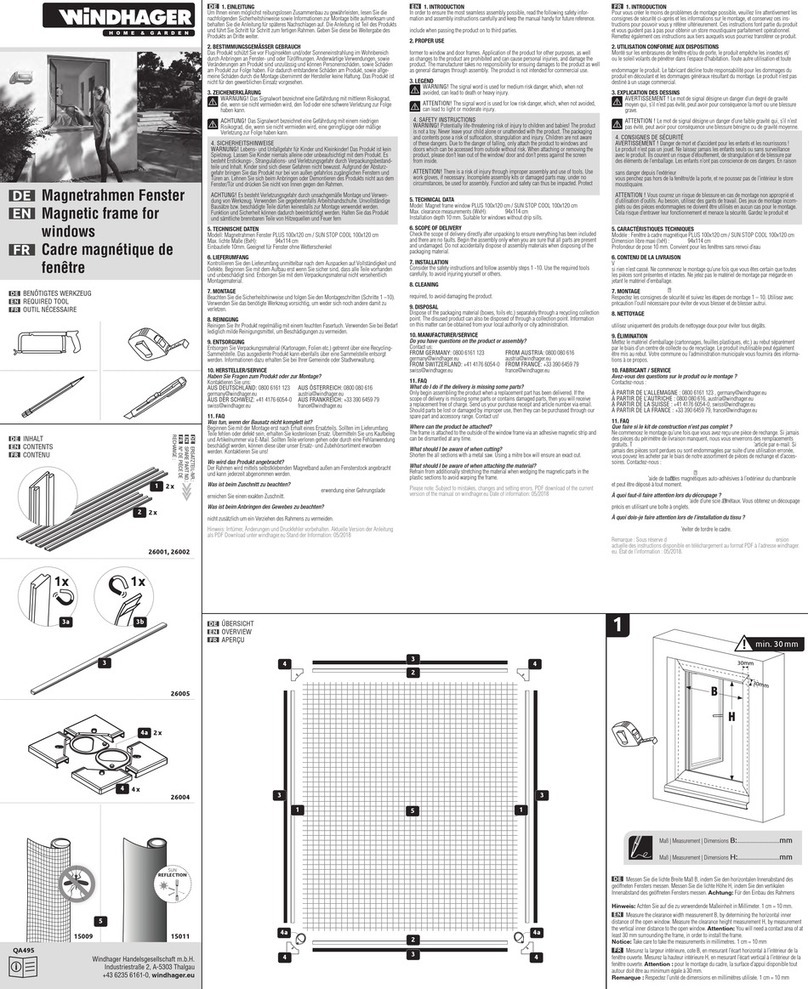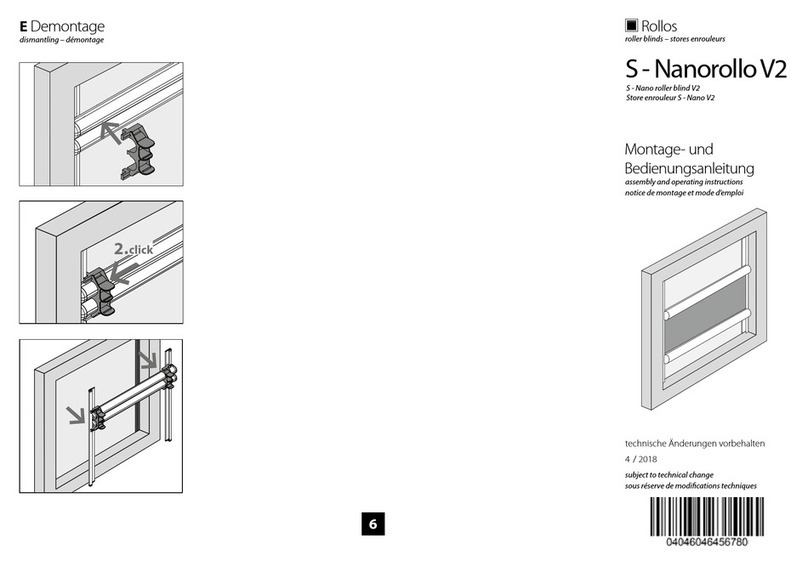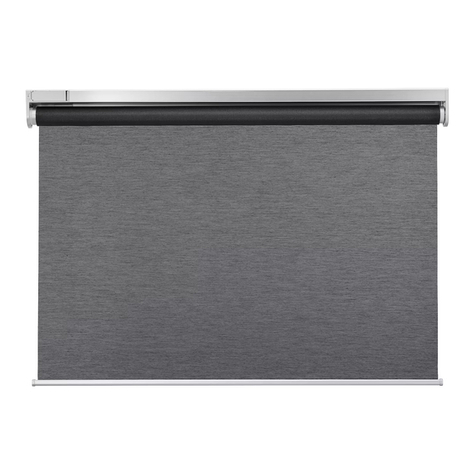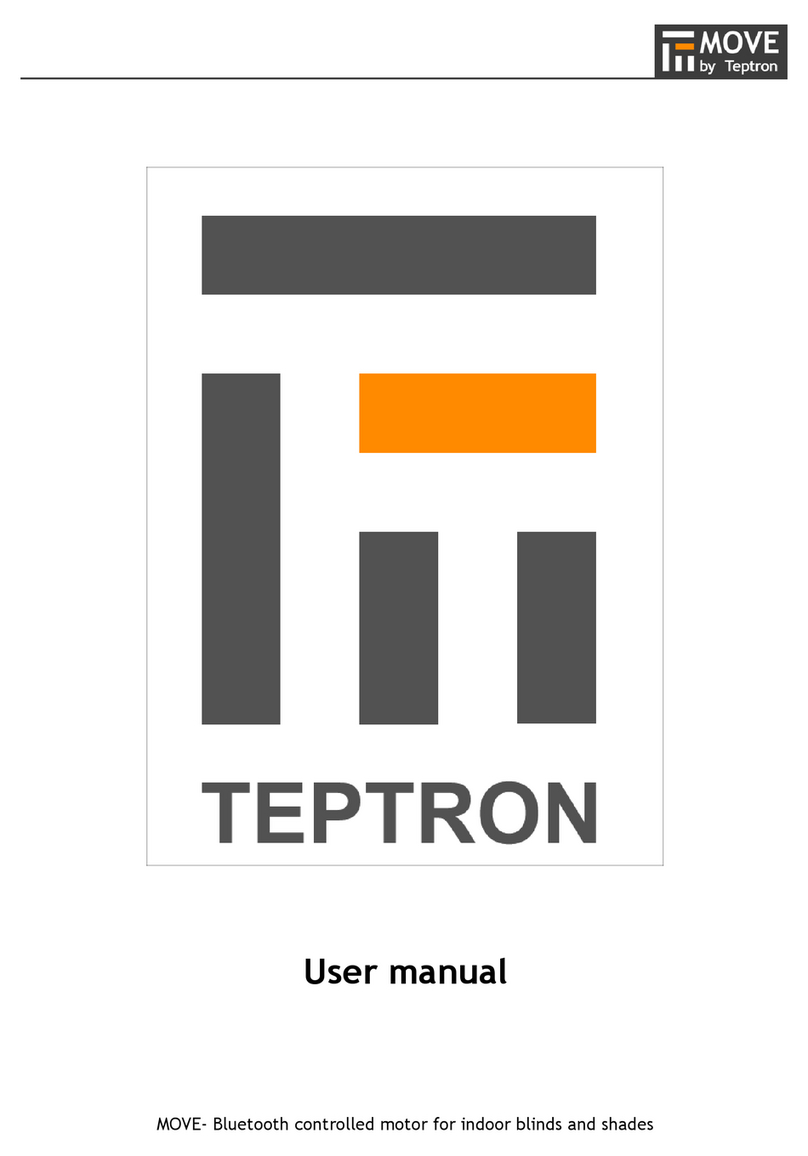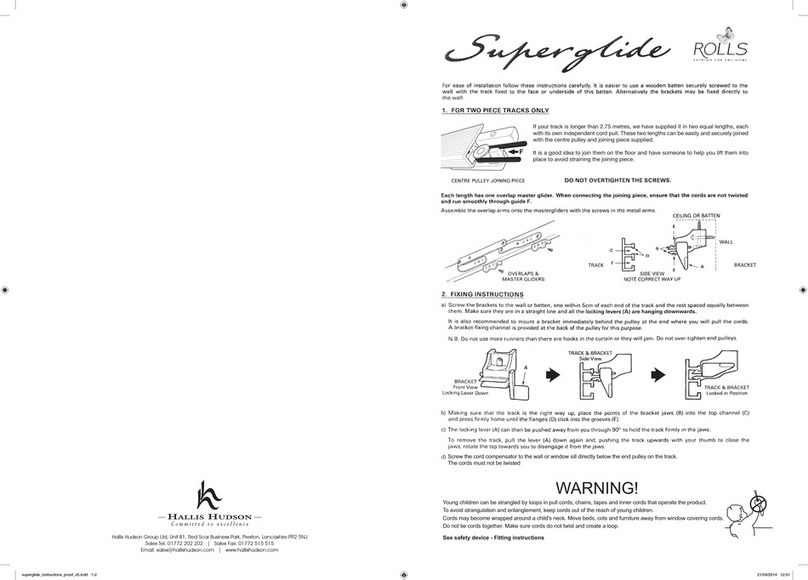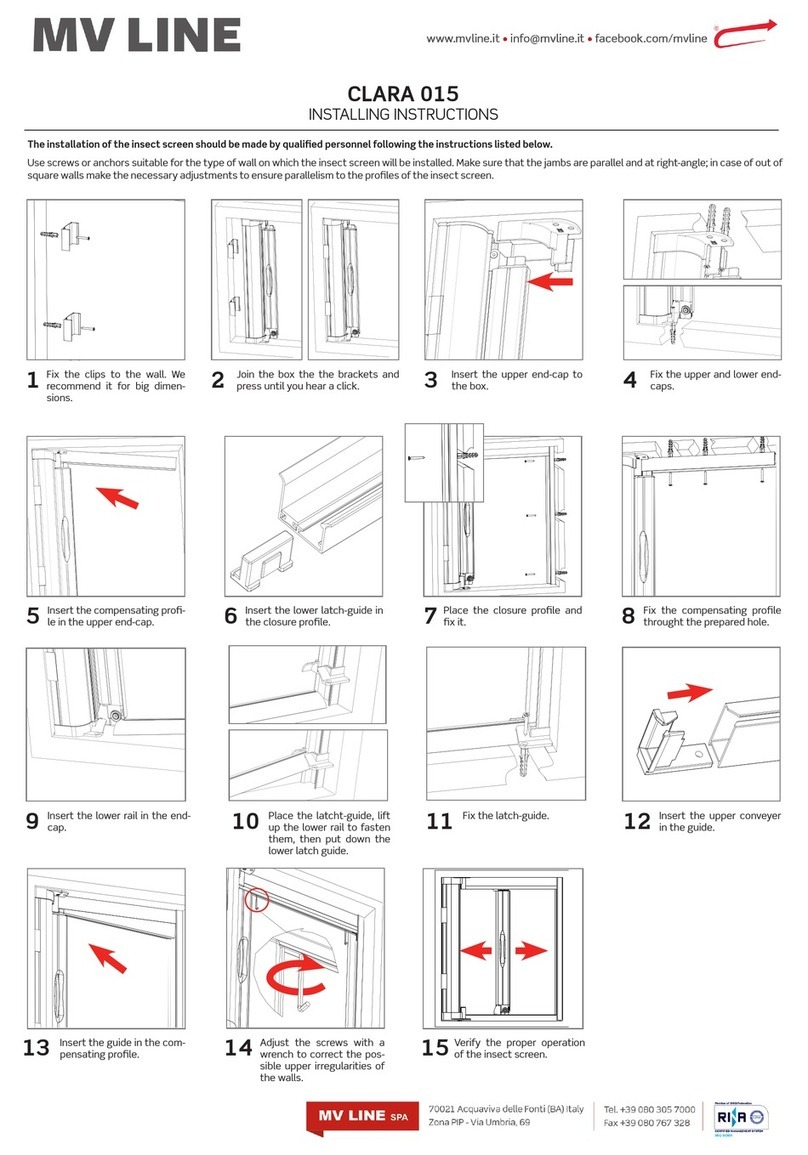9
SOLTIS 86
1100 Dtex polyester with double-sided PVC coating; micro-perforated PVC cover; shiny
coating; weight: 380g/m²; max. stretch: warp –230kg, weft –160kg; 1st class of fire
resistance UNI 9177-87.
Cleaning and care: water, light detergent + soft cloth.
SOLTIS 92
1100 Dtex polyester with double-sided PVC coating; micro-perforated PVC cover; shiny
coating; weight: 420g/m²; max. stretch: warp –310kg, weft –210kg; 1st class of fire
resistance UNI 9177-87.
Cleaning and care: water, light detergent + soft cloth.
SOLTIS BLACK OUT
1100 Dtex polyester with double-sided PVC coating, micro-perforated PVC cover; shiny
coating, weight: 540 –750g/m2; 1st class of fire resistance UNI 9177-87.
Cleaning and care: water, light detergent + soft cloth.
SUNWORKER
Openness 6%, weight: 320g/m2, reflects up to 95% of heat, reduces heating costs,
covered with a special color coating that protects from UV radiation.
Cleaning and care: water, light detergent + soft cloth.
SOLTIS 96-W96
1100 Dtex polyester with double-sided PVC coating; micro-perforated PVC cover; shiny
coating; weight: 420g/m²; max. stretch: warp –220kg, weft –220kg; 1st class of fire
resistance UNI 9177-87; only the W96 fabric is 100% watertight.
Cleaning and care: water, light detergent + soft cloth.
SUNWORKER OPAQUE
Openness of 0% with double-sided PVC coating, enables total blackout, reflects up to
97% of the heat from sunlight, a special coating protects against UV rays, 1st class of fire
resistance, weight: 510g/m2.
Cleaning and care: water + soap.
SUNWORKER CRISTAL
Fabric with openness of 4%, controls light penetration, provides exceptional
translucency, reflects up to 95% of the heat coming from sunlight; a special coating
protects against UV rays; 1st class of fire resistance; weight 440g/m²; tear resistance
(DIN 53363): warp 69cm; 100% watertight.
Cleaning and care: water, light detergent + soft cloth.

